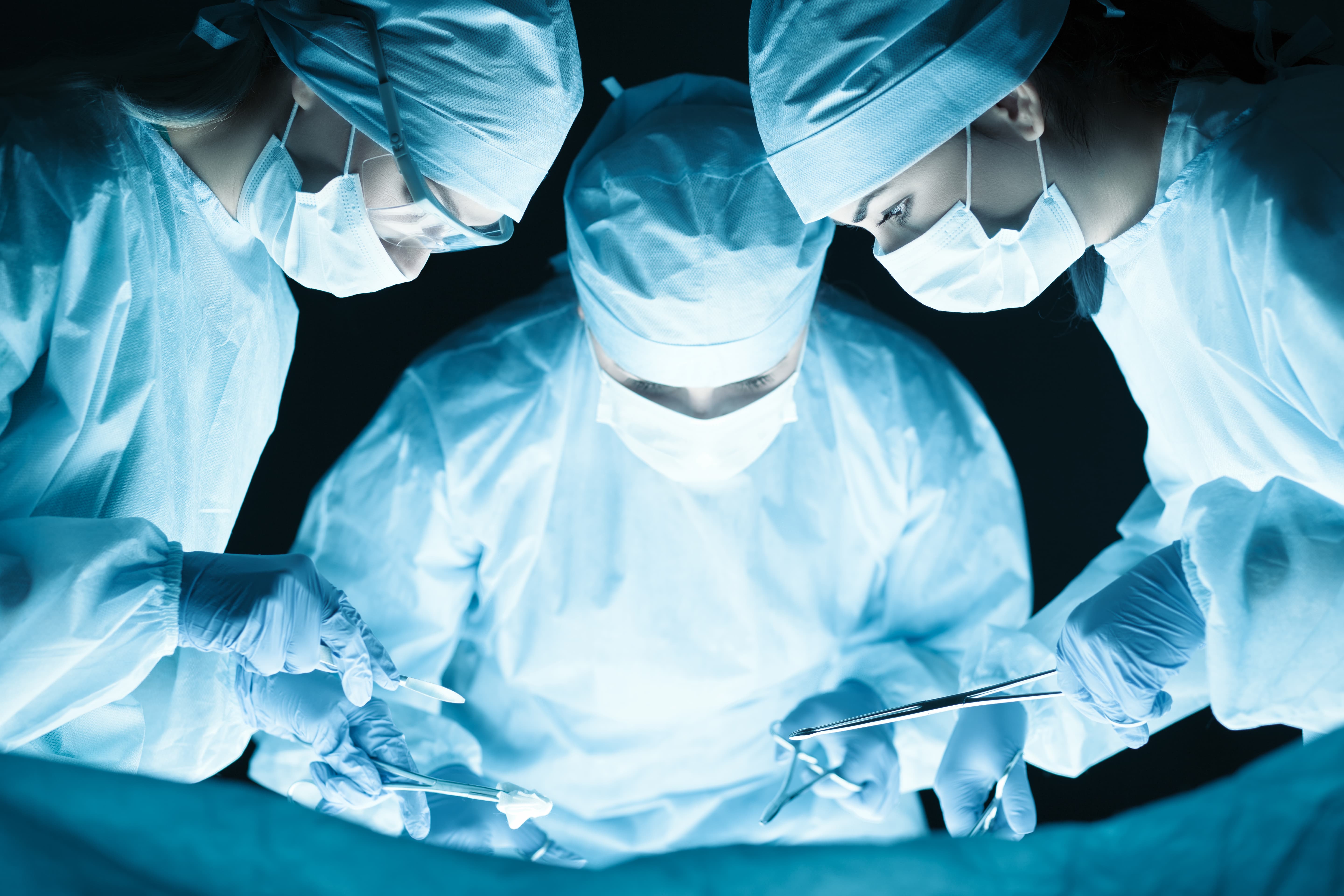3rd September 2010
Update from the MHRA (Medicines and Healthcare products Regulatory Agency), British Association of Plastic Reconstructive and Aesthetic Surgeons (BAPRAS), and Association of Breast Surgery (ABS)
ABS and BAPRAS have worked closely with the MHRA on this matter and continue to do so. On the basis of preliminary results of toxicological and genotoxicity studies our current advice to members is that at present there are no indications for increased surveillance of these implants beyond the normal practice of each surgeon.
Women who are concerned about their implants should seek advice from their implanting surgeon or provider.
There may be an increased shell failure rate with PIP implants, with consequent risk of intra-parenchymal and axillary siliconoma formation. Such breast or axillary lumps should be investigated in the normal way.
Silicone within the breast tissue or lymph nodes may be recognised on ultrasound scanning. If appearances are indeterminate further investigation including biopsy may be necessary. Routine MRI scanning is not indicated in these patients.
Free silicone indicates implant failure whether or not the ultrasound criteria for rupture have been met.
Patients in whom implant failure is suspected should undergo explantation of implants. Based on the provisional toxicology reports there is no indication to excise free silicone from the breast or axilla unless symptomatic.
As more information becomes available from further studies we will keep our members informed.
We remind our members that failure of any implant whatever the circumstance must be reported to the MHRA through the established mechanism which can be found through the home page at http://www.mhra.gov.uk/.





